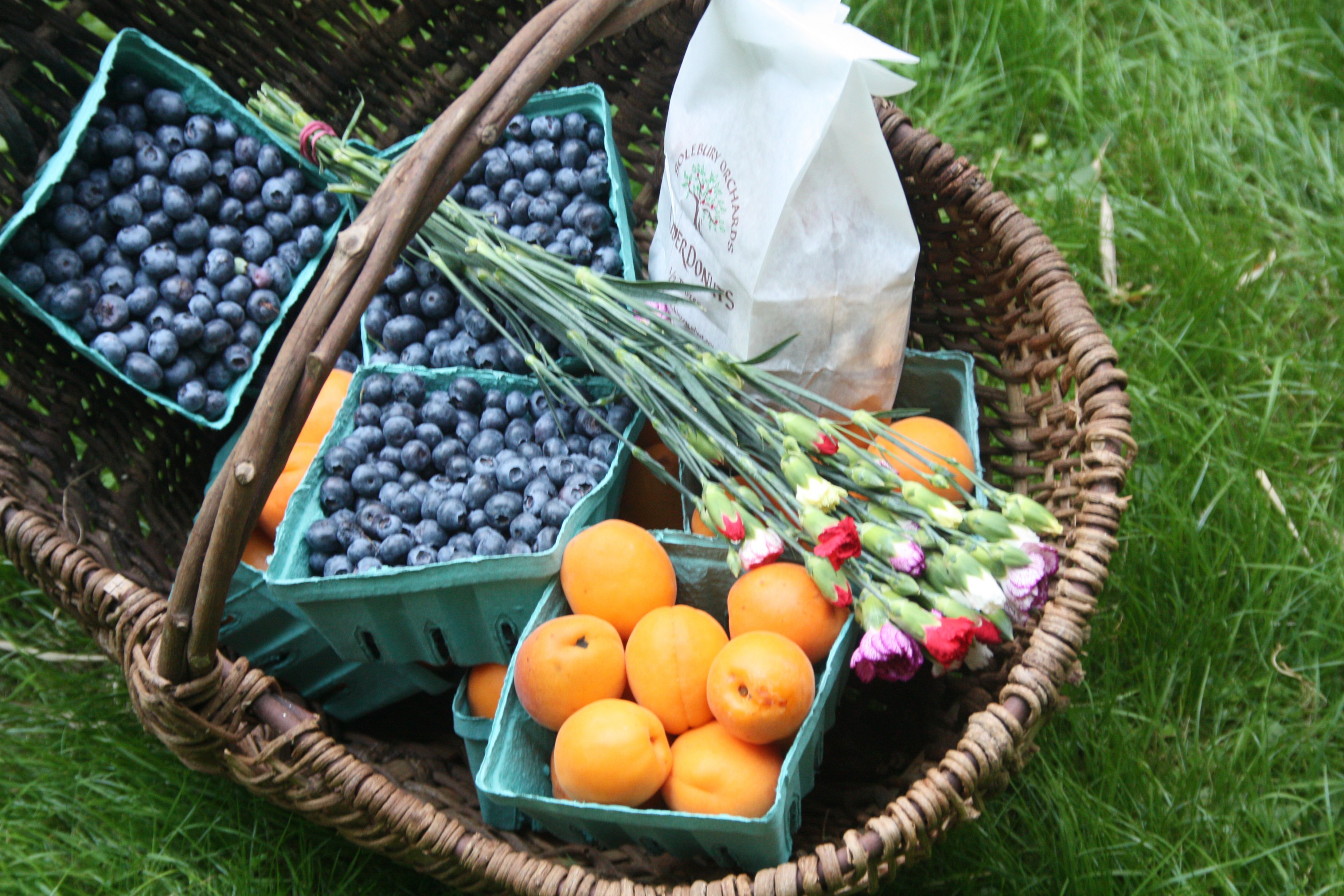Last post, I gave you vanilla, so today is comfort food #2: roast chicken. Specifically, roast chicken with buttery gold potatoes, cremini mushrooms, and slab bacon. Like a warm blanket on a snowy night.

If you’ve never roasted a naturally-raised, organic-fed chicken before, you don’t know what you’re missing. Unlike the bland, big-breasted counterparts of the Purdue variety, organic or natural chicken (preferably from a local farm, though I know I’m pushin’ it) isn’t bred solely for its breasts—which leaves the chicken unhappy and anxiety-ridden throughout her life, most of the times unable to walk on her overburdened legs. Because an animal’s mental state has more to do with how tasty the meat is than how you cook it, happy animals yield well-flavored, moist meat, while factory one easily, almost unavoidably dry out.

If you are looking to switch to farm-raised chickens, you’ll need to know how to roast. Most chickens that are raised humanely, at local farms (or in your backyard), are only profitable if sold whole. And while it’s a good idea to buy in bulk and break down some into packages of thighs, breasts, and legs for later, I hardly ever think that far in advance. Since I am lucky enough to live down the road from a great chicken farm, I just drop in and pick one up for the night’s dinner.

So I’ve fallen in love with roast chickens. A 3.5 pound bird is perfect for two lovebir—erm, people—and could even do for a family of three. A cinch to put together, leaving time to clean up while it’s in the oven; a dinner that invites after-dinner canoodling, or comfy family time. A Sunday roast dinner even, especially when it’s cold and snowy outside.

This roast chicken, cooked atop a bed of cremini mushrooms, bacon, and gold potatoes, is my favorite roast to date. Since the new year, Jim and I have made it again and again; it’s our go-to comfort dish. It’s not too bad for you—just bad enough really—while still tasting full and homey and lovely. The creminis add a down-home foresty feeling, the potatoes are creamy inside and crisp out, and the bacon warrants time spent fishing out each piece. Because of all the accoutrements, this roast could certainly feed 3 (dare I say 4), though there might be a fight for the oysters. On New Year’s Day, Jim and I made this dish with black truffles, chanterelles, and shiitakes but found the lower-cost version just as good (maybe even better). If you’d like the real-deal, the recipe is here.

Roast chicken with mushrooms and potatoes
serves 2-3
- 1 3- to 4-pound roasting chicken
- handful of herbs, especially thyme and rosemary if you have them
- 6 garlic cloves, peeled and lightly smashed
- 2 pounds Yukon Gold or Buttercream potatoes, peeled, halved or quartered (depending on the size)
- 1 pound cremini mushrooms, stemmed, halved
- 3-4 thick bacon slices, cut into 1/2-inch pieces
- 2 tablespoons on olive oil, divided
- vermouth, optional
Wash off your chicken, salt (kosher, preferably) and pepper generously inside and out, top and bottom. Stuff 6 peeled cloves of garlic and a handful or herbs, if you have them, inside.
Put potatoes, mushrooms, and bacon together in a bowl and drizzle with 1 tablespoon olive oil. Stir to combine.
If you have it, take a length of tin foil and crumple it into a coil large enough to hold the chicken. Place that in the bottom of a roasting pan. Place chicken on top. Scatter potatoes, mushrooms, and bacon all around the chicken. If you have it, add a couple splashes of white wine or vermouth. Drizzle the other tablespoon of olive oil over everything. With your hands, rub the oil into the chicken skin and all over the vegetables to coat. Salt and pepper a little more.
With your oven on a 450F, roast chicken for 30-40 minutes or until it’s about 155-160F. Take out the chicken and the foil, place on a platter or cutting board and cover with the unrolled foil. The vegetables won’t be done yet. Mix them all up, getting chicken fat over everything, and send back in the oven and roast at 450F for another 15-25 minutes, or until they are totally tender and the potatoes getting very browned. Carve up your bird, arrange on a platter and spoon the vegetables over.
If you like, take two cups of chicken stock and add 4 minced shallots and bring to a boil. After it boils, bring down to a soft simmer and add 2-3 tablespoons of butter. Pour this sauce over everything.




























